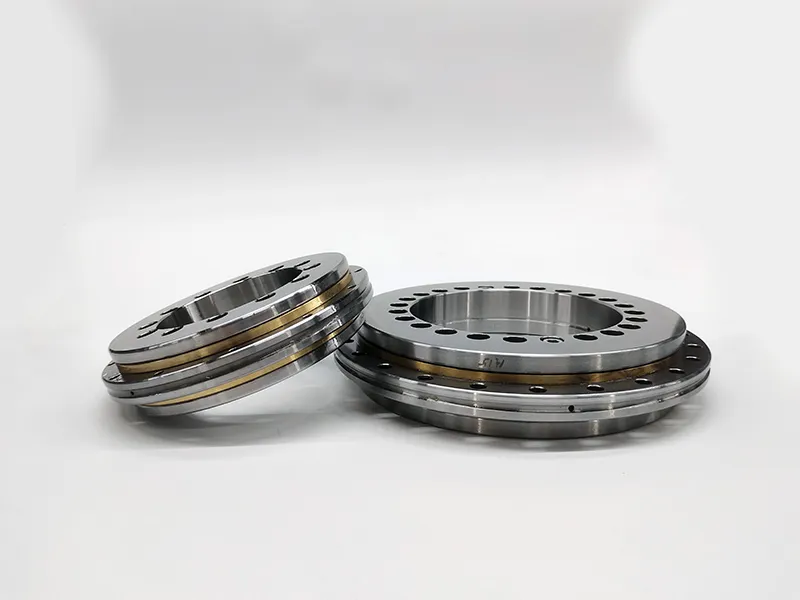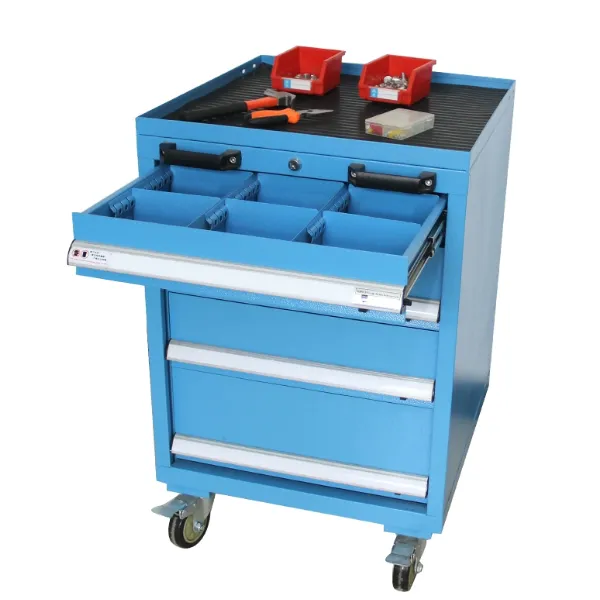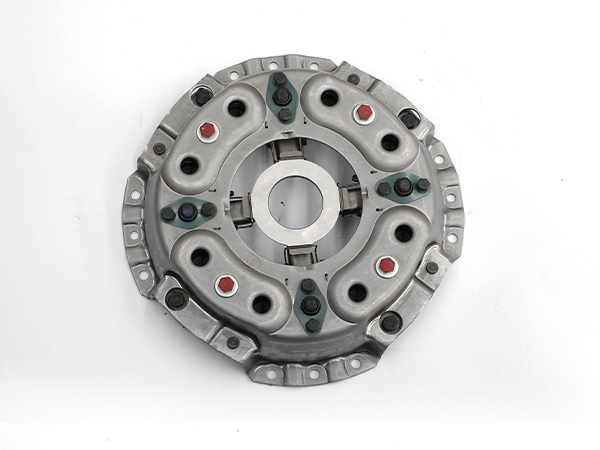Instalación rodamientos de mesa giratoria Implica un manejo cuidadoso y procedimientos precisos para garantizar el funcionamiento adecuado de la mesa giratoria.. Las mesas giratorias se utilizan comúnmente en aplicaciones de mecanizado para indexar y posicionar piezas de trabajo.. El proceso de instalación puede variar según el diseño específico y el tipo de cojinetes de mesa giratoria..
Proceso de instalación de rodamientos de mesa giratoria.
- Herramientas y equipo
- Equipo de elevación adecuado (si la mesa giratoria es pesada).
- Limpie el espacio y la superficie de trabajo.
- Llave de torsión.
- Rodamientos y componentes asociados..
- Lubricantes especificados por el fabricante..
- Herramientas de alineación.
Pasos de instalación del rodamiento de mesa giratoria:

1. Prepare el espacio de trabajo:
- Asegúrese de que el área de instalación esté limpia y libre de escombros..
- Asegúrese de que la mesa giratoria y los componentes asociados sean fácilmente accesibles.
- Utilice equipo de elevación adecuado si la mesa giratoria es pesada..
2. Inspeccionar rodamientos y componentes:
- Inspeccione los cojinetes de la mesa giratoria y los componentes asociados en busca de daños o defectos..
- Asegúrese de que todos los componentes estén limpios y libres de contaminantes..
3. Aplicar lubricación:
- Aplique los lubricantes especificados a las superficies de los cojinetes según lo recomendado por el fabricante..
- Asegúrese de que el lubricante se distribuya uniformemente y proporcione una cobertura adecuada..
4. Coloque la mesa giratoria:
- Coloque con cuidado la mesa giratoria en la ubicación deseada..
- Utilice herramientas de alineación para garantizar que la mesa esté correctamente alineada con otros componentes o elementos de la máquina..
…
Para información más detallada sobre la instalación de la mesa giratoria, por favor haga clic aquí: https://www.boyingbearing.com/en/a/news/rotary-bearing-installation.html











